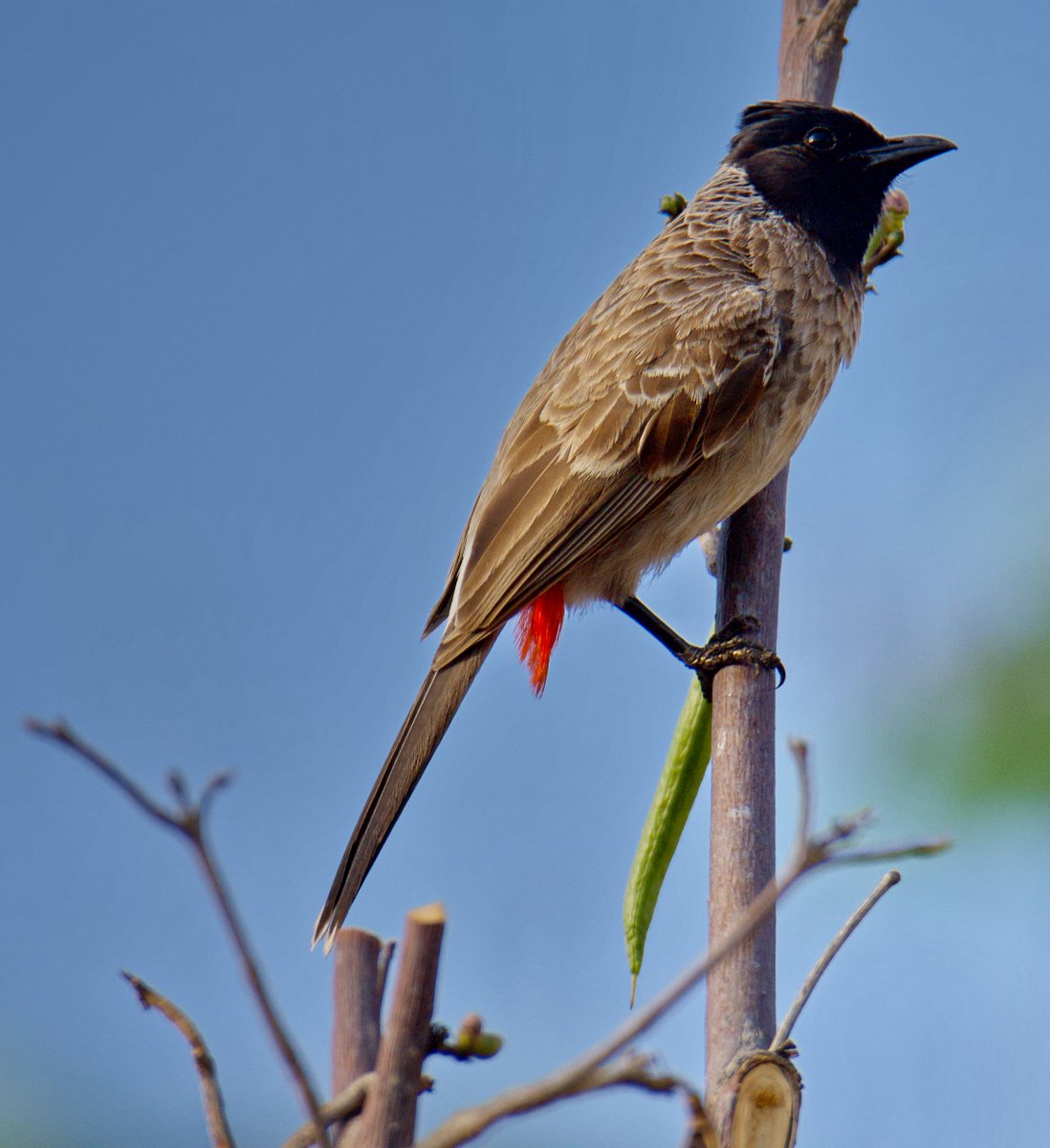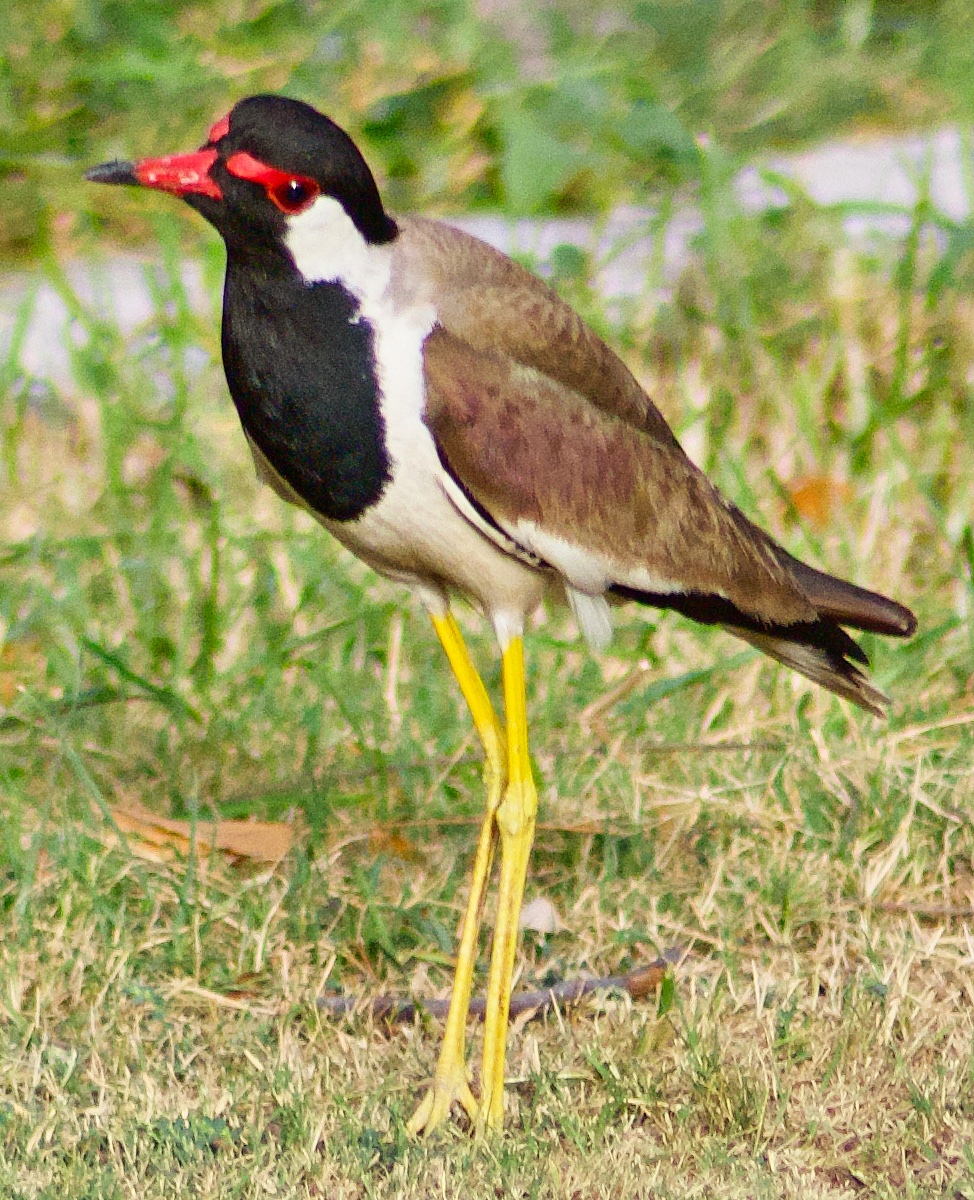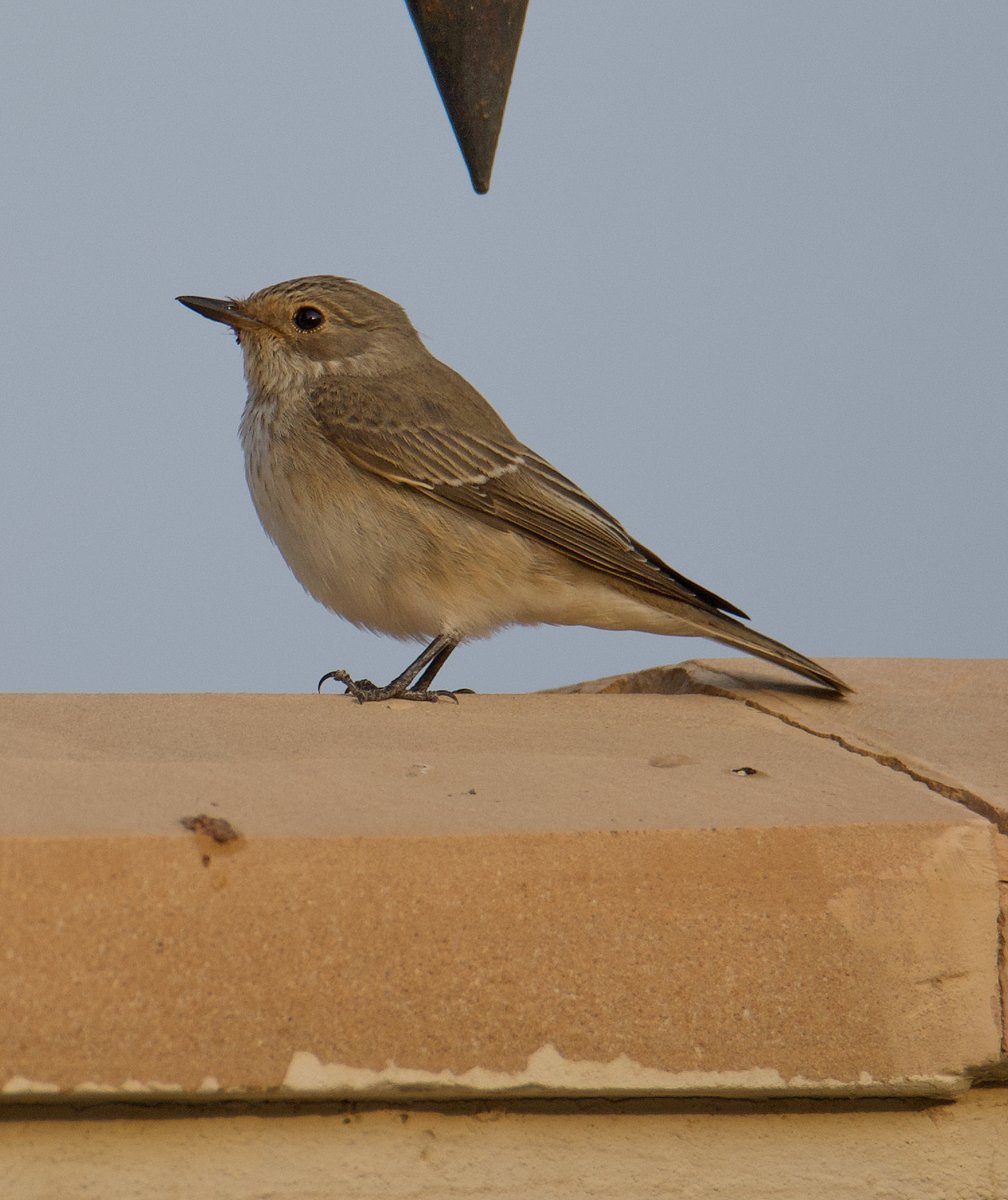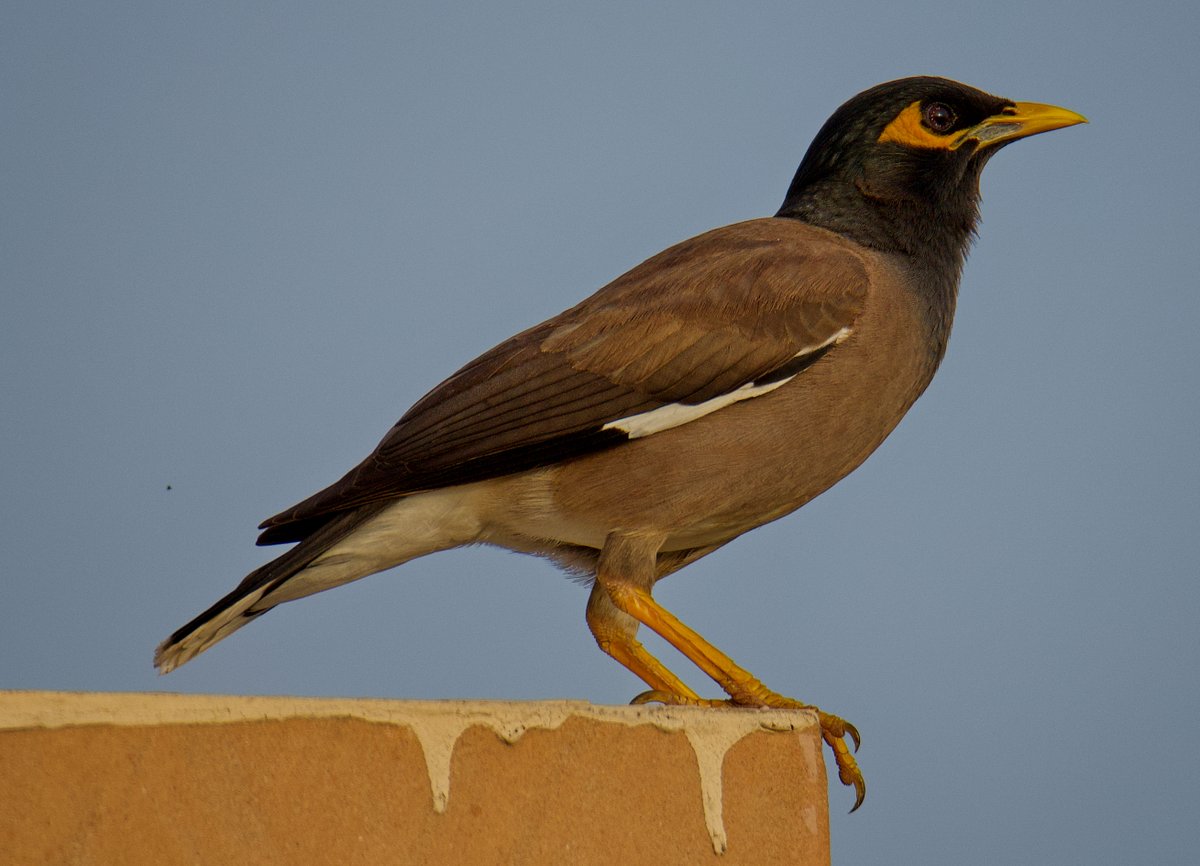'Winged Envoys of India House Muscat'
India House hosts many envoys, but none more captivating than the winged ones.
On #GlobalBigDay of #birding, a 🧵on the 15 resident and visiting birds on the little piece of India in Oman.
@IndiAves
#EndemicBirdDay #WorldMigratoryBirdDay
India House hosts many envoys, but none more captivating than the winged ones.
On #GlobalBigDay of #birding, a 🧵on the 15 resident and visiting birds on the little piece of India in Oman.
@IndiAves
#EndemicBirdDay #WorldMigratoryBirdDay

‘Indian Roller’
The mascot of India House.
This majestically colorful bird is a delight to watch. A mid air acrobat with fifty shades of blue.
-Resident-
The mascot of India House.
This majestically colorful bird is a delight to watch. A mid air acrobat with fifty shades of blue.
-Resident-

‘Green Bee Eater’
The technicolor bird with the characteristic band of black over the eyes.
Feasts on bees, caught on the fly.
-Resident-

The technicolor bird with the characteristic band of black over the eyes.
Feasts on bees, caught on the fly.
-Resident-


'The Bulbul Trinity'
Pretty garden birds, actively prowling the garden the year round. Melodious voice adds to their appeal.
3 kinds found on campus - White Spectacled, White Eared, and Red Vented.
-Resident-


Pretty garden birds, actively prowling the garden the year round. Melodious voice adds to their appeal.
3 kinds found on campus - White Spectacled, White Eared, and Red Vented.
-Resident-



'Red Wattled Lapwing'
The uber alert. In Tamil 'aalkatti'-one who points out people.
Shrill and unmistakable ‘Did you do it? Did you? Did you?’ calls. Can be seen on the lawns anytime of day and night.
-Resident-
The uber alert. In Tamil 'aalkatti'-one who points out people.
Shrill and unmistakable ‘Did you do it? Did you? Did you?’ calls. Can be seen on the lawns anytime of day and night.
-Resident-

'Indian Silverbill'
Small, long-tailed finch with a chunky body and short, stout silver bill.
In short, cute.
-Resident-
Small, long-tailed finch with a chunky body and short, stout silver bill.
In short, cute.
-Resident-

'House Sparrow'
No list can be complete without this homely 'Chidiya'.
Thankfully abundant in Oman, although its populations have declined elsewhere.

No list can be complete without this homely 'Chidiya'.
Thankfully abundant in Oman, although its populations have declined elsewhere.


'Crested Lark'
The flying singer.
Beautiful crest on its head, it has a curious habit of flying 100 ft up in the air and singing its heart out.
-Neighbourhood Resident-

The flying singer.
Beautiful crest on its head, it has a curious habit of flying 100 ft up in the air and singing its heart out.
-Neighbourhood Resident-


'Golden Oriole'
Mature birds are dazzling in yellow with a black eye-band. Sings hauntingly and soothingly from tree tops.
Stops in Muscat on its way between Europe and Africa.
-Visitor-
Mature birds are dazzling in yellow with a black eye-band. Sings hauntingly and soothingly from tree tops.
Stops in Muscat on its way between Europe and Africa.
-Visitor-

'Spotted Flycatcher'
A passage migrant. Travels between Europe and northern Africa. Stops by at the India House for a break.
-Visitor-
A passage migrant. Travels between Europe and northern Africa. Stops by at the India House for a break.
-Visitor-

'Isabelline Shrike'
Sandy colored, medium sized Shrike with a typical batman mask. Passage migrant through Oman.
-Visitor-
Sandy colored, medium sized Shrike with a typical batman mask. Passage migrant through Oman.
-Visitor-

'Purple Sunbird'
Vivacious in metallic blue, this is one of the smallest yet most visible birds on campus. A rabble rouser with its sweet but incessant calls.

Vivacious in metallic blue, this is one of the smallest yet most visible birds on campus. A rabble rouser with its sweet but incessant calls.


'Rufous Tailed Scrub Robin'
Sandy-brown songbird with a long rufous tail tipped black and white, often held cocked.
Seen on passage migration between Europe and Africa.
-Visitor-
Sandy-brown songbird with a long rufous tail tipped black and white, often held cocked.
Seen on passage migration between Europe and Africa.
-Visitor-

'White Wagtail'
Striking black and white bird that breeds in Europe and winters in Africa, stopping by in Oman. Often seen foraging in the lawns.
-Visitor-
Striking black and white bird that breeds in Europe and winters in Africa, stopping by in Oman. Often seen foraging in the lawns.
-Visitor-

'Whimbrel'
A not-so-common shorebird, with a long decurved bill. Sometimes drops in at India House during winter from the beach.
-Visitor-
A not-so-common shorebird, with a long decurved bill. Sometimes drops in at India House during winter from the beach.
-Visitor-

'Sandpiper'
An elegant small shore bird, with constantly bobbing tail. Seems very comfortable as a day visitor to the campus.
An elegant small shore bird, with constantly bobbing tail. Seems very comfortable as a day visitor to the campus.

Honorable Mentions
3 most ubiquitous birds on India House are:
Common Myna - the neighborhood aunt & chatterbox
House Crow - local wiseman and ruffian
Laughing Dove - scare-a-boo commoner
-Resident-
End 🧵


3 most ubiquitous birds on India House are:
Common Myna - the neighborhood aunt & chatterbox
House Crow - local wiseman and ruffian
Laughing Dove - scare-a-boo commoner
-Resident-
End 🧵



The list of avian friends calling India House home is much longer.
Together they share this ecological space with the few humans that live here and but for them, the India House in Muscat wouldn't be as scenic and bucolic as it proudly is.
Together they share this ecological space with the few humans that live here and but for them, the India House in Muscat wouldn't be as scenic and bucolic as it proudly is.

• • •
Missing some Tweet in this thread? You can try to
force a refresh

 Read on Twitter
Read on Twitter
























